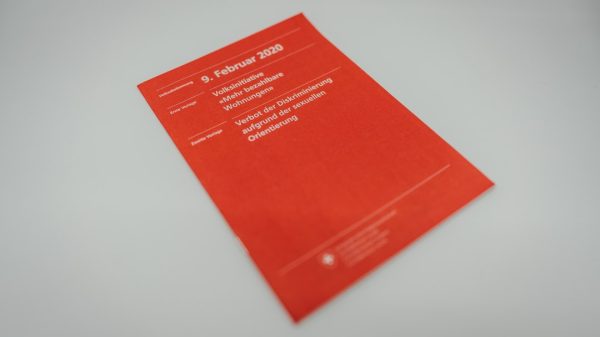In the ever-evolving digital world where communication often happens in short spurts, acronyms like “IDTS” play a significant role. Texting and online messaging have made abbreviations a necessity for fast-paced exchanges. Among the many slang terms that have emerged, IDTS is a commonly used one, mainly seen in informal messages and social media comments. But what exactly does IDTS stand for? Let’s explore the meaning, origin, usage, and some common contexts where this popular acronym is utilized.
Meaning of IDTS
IDTS stands for “I don’t think so.” This acronym is typically used to express doubt, skepticism, or polite disagreement in online conversations and text messages. It’s a quick way to express uncertainty or refusal without sounding too harsh or confrontational.
Origin and Evolution
The rise of acronyms like IDTS can be traced back to the early days of mobile texting, where character limits encouraged users to shorten their messages. As texting culture matured alongside the popularity of instant messaging apps and social media platforms, countless abbreviations became standard in digital communication. IDTS followed this path and found its way into everyday language, especially among younger users.
Common Use Cases
IDTS is typically used in casual conversations and is rarely found in formal or professional writing. Here are some examples of how it might appear:
- Friend 1: “Are you going to the concert tonight?”
Friend 2: “IDTS, I’ve got too much homework.” - User: “Think he’ll actually respond to that email?”
Reply: “IDTS, he rarely checks his inbox.”
It can also be used sarcastically or humorously, depending on tone and context, which makes it flexible and dynamic in nature.
Why People Use IDTS
The main reasons behind the usage of IDTS include:
- Convenience: It’s shorter and quicker than typing out “I don’t think so.”
- Tone: It softens the rejection or skepticism, making the message less blunt.
- Trendy Communication: Using acronyms can help people, especially teens and young adults, fit into digital communication trends.

Misunderstandings and Clarity
While IDTS is recognizable among those familiar with texting slang, it may not be immediately understood by everyone. Especially for individuals who are not well-versed in internet culture, such acronyms might lead to confusion. This is why it’s important to consider your audience when using shorthand like IDTS.
Other Similar Acronyms
Several other acronyms serve similar functions or rotate around expressing uncertainty or denial. Some of them include:
- IDC: I don’t care
- IDK: I don’t know
- IMO: In my opinion
- TBH: To be honest
These acronyms, like IDTS, have become ingrained in the lexicon of online and mobile users, reflecting the rapid and informal style of modern communication.

Conclusion
In summary, IDTS simply stands for “I don’t think so,” and it’s a handy and informal way to express doubt, disbelief, or soft disagreement. Though it may be unfamiliar to some, it is a popular expression in fast-moving digital conversations. As language continues to evolve with technology, acronyms like IDTS remain a testament to the adaptability and creativity of human communication.
Frequently Asked Questions (FAQ)
- Q: What does IDTS mean in texting?
A: IDTS stands for “I don’t think so.” It’s often used to show disagreement or doubt. - Q: Is IDTS used in formal writing?
A: No, it is considered informal slang and is not suitable for professional or academic communication. - Q: Can IDTS have different meanings?
A: In rare cases, acronyms can have different meanings based on context. However, in texting and social media, IDTS almost always means “I don’t think so.” - Q: Who commonly uses IDTS?
A: Teenagers and young adults are the primary users, though anyone engaged in casual digital conversations may use it. - Q: How can I learn more texting acronyms?
A: You can explore online glossaries, join forums focused on digital lingo, or simply observe how people use acronyms in real conversations.


































